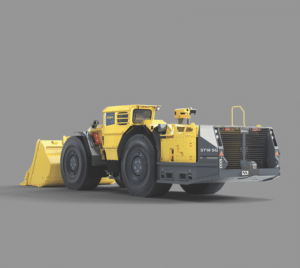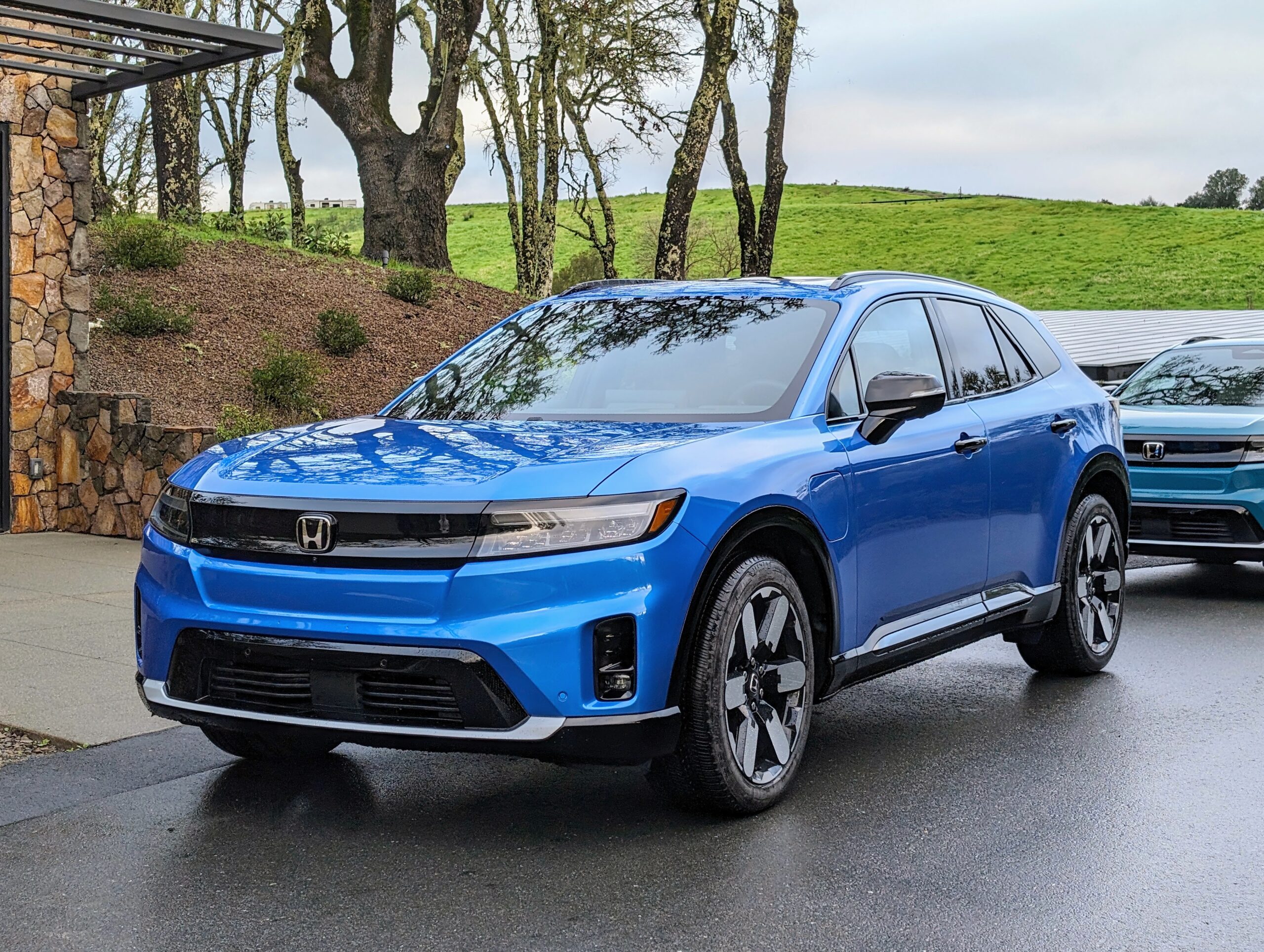Australian Mining sat down with Epiroc to discuss the company’s 18-tonne ST18 SG battery-electric underground loader.
The mining industry is changing, with traditional practices increasingly challenged as heightened sustainability obligations are placed on miners.
Through measures such as the Australian Government’s Safeguard Mechanism, companies that aren’t vigilant about managing their carbon footprints are being penalised, with potential impacts to profitability.
And the need to decarbonise is only set to increase going forward, with more and more miners adopting electric technologies to best position themselves ahead of a green future.
A key electrification partner is Epiroc, a global original equipment manufacturer (OEM) and digital pioneer driving new frontiers in mining innovation.
Epiroc recently introduced its 18-tonne ST18 SG battery-electric underground loader, the most powerful loader yet in Epiroc’s battery-electric range.
Boasting a 450-kilowatt-hour (kWh) usable battery capacity, the ST18 SG answers the call for the sector’s rising demand for large segment loaders, delivering the same productivity benefits while also limiting greenhouse gas emissions.
“The ST18 SG is the evolution of our ST18 S diesel product,” Epiroc’s Australasia regional application expert, material handling, Cameron Kings told Australian Mining.
“We’ve brought the machine into a BEV (battery-electric vehicle) spec but kept many of the proven characteristics of the ST18 S, with the front-end the same and the operating system largely the same as its diesel counterpart.”
Kings said there are many advantages to the ST18 SG, with some characteristics improving the underground working environment.

Image: Epiroc
“The ST18 SG generates less heat and noise, and operators are subjected to less vibration,” Kings said. “The machine also emits zero DPM (diesel particulate matter) of course, which is becoming increasingly important in an underground environment.”
Such is the quiet nature of the machine, Kings explained how workers can freely have conversations within an underground mine while the ST18 SG trams back and forth.
The ST18 SG also has its productivity advantages.
“The digging capability of the machine is great,” Kings said. “With a diesel machine, you’ve got a single energy source, with the diesel engine propelling the machine.
“When you’re digging a bucket of dirt, an operator of a diesel machine needs to be mindful of, ‘What’s my engine doing? If I bog down too much, I’m going to lose pile penetration and lose my hydraulic capability’.
“Whereas the battery-electric ST18 SG has two isolated systems, with a single traction motor for the propulsion circuit, so the machine can drive completely independent of the hydraulics, which are powered by their own auxiliary motor.
“So when you’re digging, from a throttle perspective operators only have to concentrate on pile penetration. Then as you use the controls to manipulate the boom and bucket, they’re on a separate circuit.
“You’ve got the auxiliary motor ramping up and down, controlling the hydraulics so you’re getting optimal hydraulics while you’re digging, but then you’re also getting optimal traction by controlling the machine with the throttle pedal.”
Kings said the ST18 SG’s ability to deliver 450kWh of usable battery capacity is a “significant jump” from other machines on the market, resulting in fewer charging stops and longer uptime.
There is also capacity to further prolong battery life with opportune charging.
“The good thing about these batteries is you don’t have to charge them from empty to full,” Kings said.
“When we talk about a charge cycle, we’re talking about energy in and energy out. We can charge from 20 per cent to 50 per cent, unplug the machine and use it, then bring it back.
“With opportune charging, we look at the application. If you’re extracting material from one heading, once the heading is depleted, you’ve got 45 minutes to plug it back on the charger.
“Depending on available charging infrastructure, the battery can take around 90 minutes to charge from 10 per cent to 90 per cent with current technologies. After 45 minutes, it gives you a good 30 to 40 per cent of charge back in the battery, which is ample to then go and do the next heading.”
Kings highlighted a raft of safety benefits too, with the ST18 SG boasting a thermal management system.
“Regardless of how you wish to charge your battery, our battery is always being kept at the correct temperature during the operation and charging phase,” Kings said.
“As you’re charging the battery, the thermal management system manages the cell temperature, ensuring this always remains at a safe level. Thermal management also helps to prolong battery life by keeping temperatures in the correct range so as not to overheat the battery.”

Image: Epiroc
Epiroc has also installed other safety measures on the ST18 SG, including a high voltage interlock loop (HVIL).
“The idea of the HVIL is, if you go to the machine and it’s live, and you open a cover or a lid on a box that may have voltage in it, the HVIL cuts the machine out and shuts the battery down,” he said.
“Every cover on the battery has a HVIL switch on it, so any time there’s potential for exposure, if you haven’t shut the battery down and isolated it, the HVIL circuit is there to shut the machine down.”
The Australian mining industry is steadily embracing electrification, with early adopters already seeing the benefits of electric technologies at their sites.
And as more and more deployments are proven successful, the pool of electric adoption is growing wider.
But, as Kings explained, it’s not a “flick of the switch”.
“I was involved with installing the first Epiroc battery machine into Australia, and, like any foundational technology, there were some hurdles,” Kings said. “While there are those in the industry enthusiastic about going to a full battery fleet, they need to understand that there is a lot of planning and input required before you can change to battery.
“We are working with our customers on that education piece, and building partnerships that establish electrification from the ground up. It’s these battery-electric deployments that have the best chance of success.”
This feature appeared in the September 2024 issue of Australian Mining.




